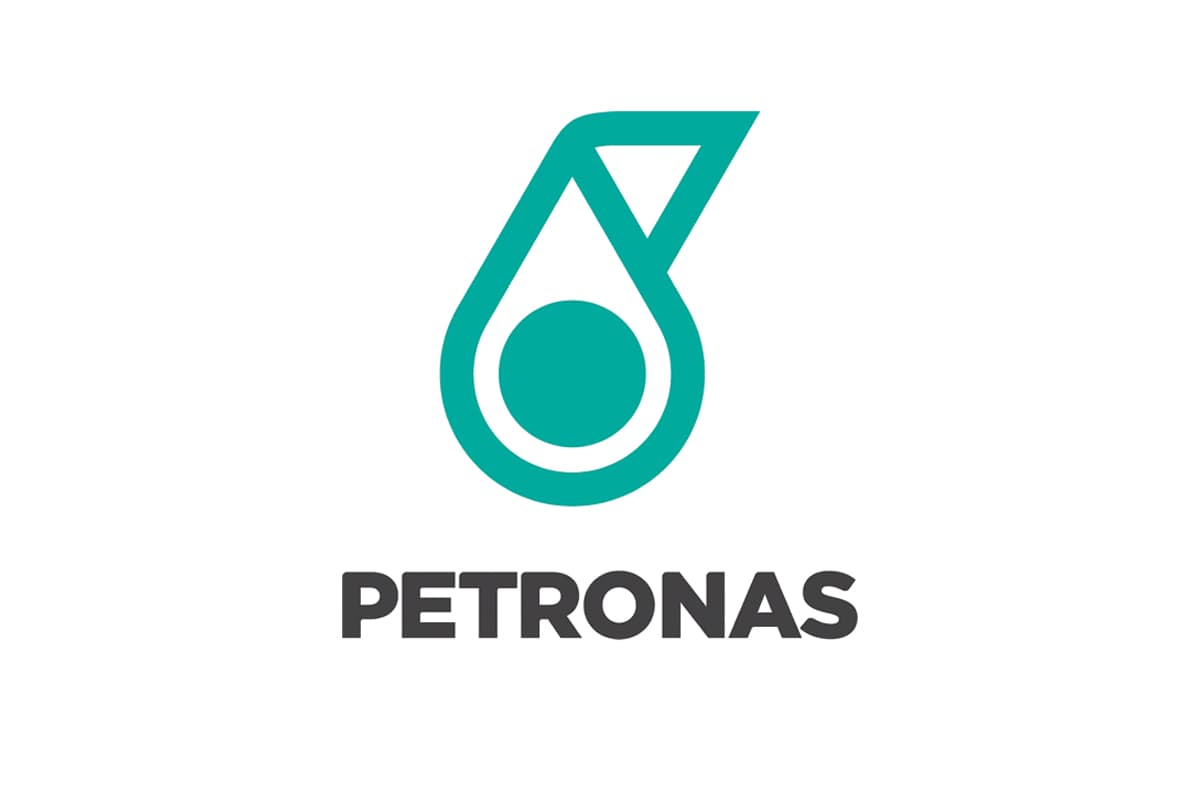
This article first appeared in The Edge Malaysia Weekly on December 12, 2022 - December 18, 2022
OFFSHORE support vessel (OSV) operators are understood to have made some headway in their negotiations with Petroliam Nasional Bhd (Petronas) to increase the cut-off age for vessels participating in the national oil company’s tenders to 20 years, from the existing 15 years, sources say.
It is understood that an agreement in principle has more or less been concluded, with both parties accepting the need to increase the age cap on the OSVs to 20 years for Petronas’ tenders.
“[The lifting of the age cap] is more or less a done deal … there is a shortage of OSVs, so it makes sense to increase the cap. We are expecting news as early as next week (this week),” one OSV player told The Edge last Friday, when contacted.
A query sent by The Edge to Petronas on the change in the age cap was unanswered.
It is also likely that the increase in age cap for OSVs could be accompanied by an increase in charter rates, but the outcome of this area of negotiations is not known, as rates are dependent on the specifics of a contract and other requirements.
Nevertheless, in August, Petronas president and CEO Datuk Tengku Muhammad Taufik Tengku Kamadjaja Aziz confirmed that renegotiations between Petronas and OSV players were ongoing, but stopped short of providing more details.
The low charter rates and the 15-year cap on the age of vessels were a result of Petronas’ Cost Reduction Alliance 2.0, or Coral 2.0, which commenced in 2015 and ended in 2019.
In a nutshell, Coral 2.0 was a five-year cost optimisation programme that was implemented when oil prices tumbled from US$145 a barrel in mid-July 2008 to US$26 in February 2016. After several short rallies, oil plunged to US$20 a barrel in April 2020 — the lowest since early 2002 — and gained traction at end-2021, crossing the US$80 per barrel mark.
Brent crude hit a multiyear high of US$128 in early March this year, and dipped below the US$80 per barrel level in August. It was holding at about US$76 per barrel band last Friday.
Despite oil prices having strengthened, the charter rates for OSVs have yet to pick up. One executive at an OSV operator says in 2018 and 2019, the charter rate for a 60-tonne anchor handling tug was RM20,000 a day, after OSV operators took a cut of between 30% and 50%. At present, charter rates for a similar type of vessel are anywhere between RM26,000 and RM28,000 a day.
In 2017, it was reported that Coral 2.0 had resulted in a cost savings of RM5 billion for the national oil company. While this was good for Petronas, it was at the expense of the OSV players.
Considering that about 60% of the OSVs operating in Malaysia are 11 years old on average, the extension of the age cap would come as good news, as it would enable the players to utilise their assets for a longer period.
The key beneficiaries
Among the key OSV players are Icon Offshore Bhd, Perdana Petroleum Bhd and Alam Maritim Resources Bhd.
Some of the other players that were previously active in the OSV space have since reduced exposure to the OSV segment. For example, Bumi Armada Bhd trimmed its fleet to seven OSVs from 49 in 2016.
There is also talk of Icon looking to sell its OSV fleet. Last month, the company completed the disposal of its jack-up rig, Perisai Pacific 101, for US$85 million (RM374 million) to ADES Saudi Ltd Co.
With the new age cap at 20 years, perhaps Icon could get a better price or may even hold on to its OSVs.
According to its website, the company has a fleet of 25 vessels, but four of the straight supply vessels and two anchor handling tug and supply ships are up for sale. Back-of-the-envelope calculations indicate that the average age of Icon’s ships is 12 years.
For the first nine months of 2022, Icon chalked up a net profit of RM17.93 million against RM225.07 million in revenue.
As at end-September, Icon had cash and bank balances of RM80.5 million. On the other side of the balance sheet, it had long-term borrowings of RM265.1 million and short-term debt commitments amounting to RM25.08 million. It had racked up accumulated losses of RM794.01 million as at end-September this year.
Icon ended trading last Friday at 8.5 sen for a market capitalisation of RM229.9 million.
Meanwhile, Perdana Petroleum, which has a fleet of 16 OSVs with an average age of 12 years, suffered an after-tax loss of RM9.13 million, with RM141.42 million in revenue for the first nine months of 2022.
As at end-September, Perdana Petroleum had cash and cash equivalents of RM11.61 million and fixed deposits with licensed banks of RM250,000. For the period in review, it had long-term liabilities pegged at RM37.89 million and short-term borrowings of RM20.82 million. Perdana Petroleum had negative reserves of RM283.66 million as at end-September.
Perdana Petroleum’s share price closed at 13.5 sen last Friday, translating into a market value of RM299.3 million.
Alam Maritim, on the other hand, has 35 vessels including three remotely operated vessels. The average age of its vessels is not known.
For its first quarter ended September 2022, Alam Maritim suffered a net loss of RM1.63 million against RM91 million in revenue.
As at end-September, Alam Maritim had cash and bank balances of RM39.79 million, short-term debt commitments of RM108.89 million and long-term borrowings of RM2.68 million. It had accumulated losses of RM509.48 million as at end-September.
Last Friday, Alam Maritim closed at two sen, giving it a market value of RM30.6 million.
Save by subscribing to us for your print and/or digital copy.
P/S: The Edge is also available on Apple's AppStore and Androids' Google Play.